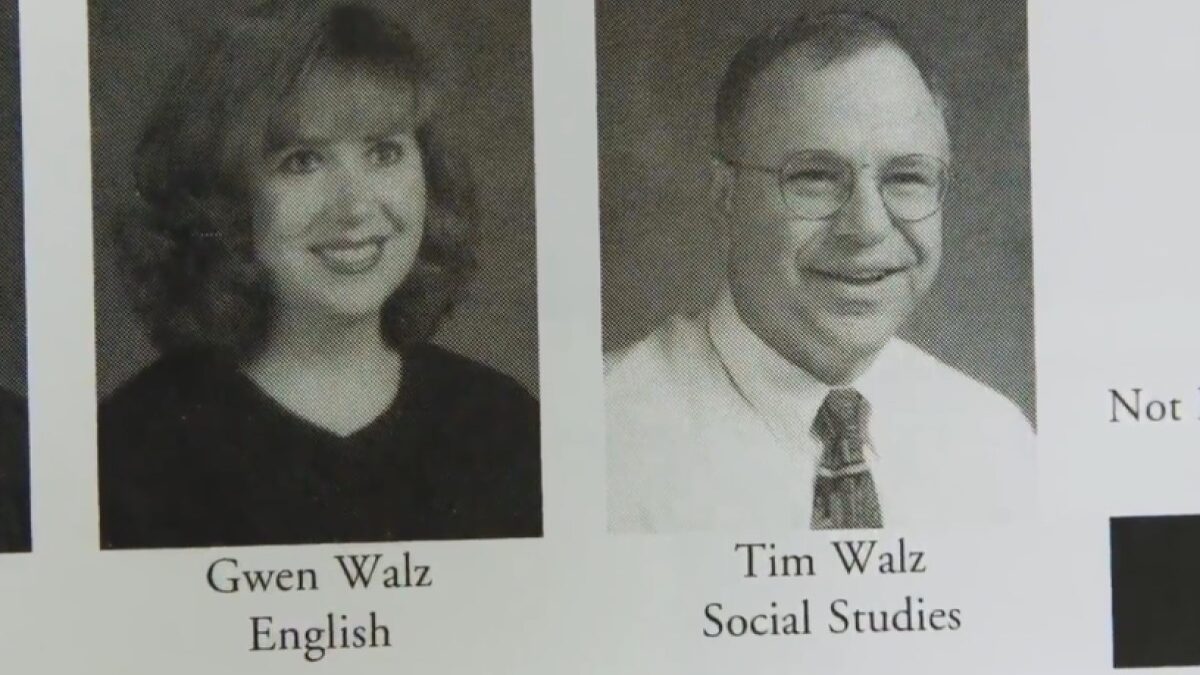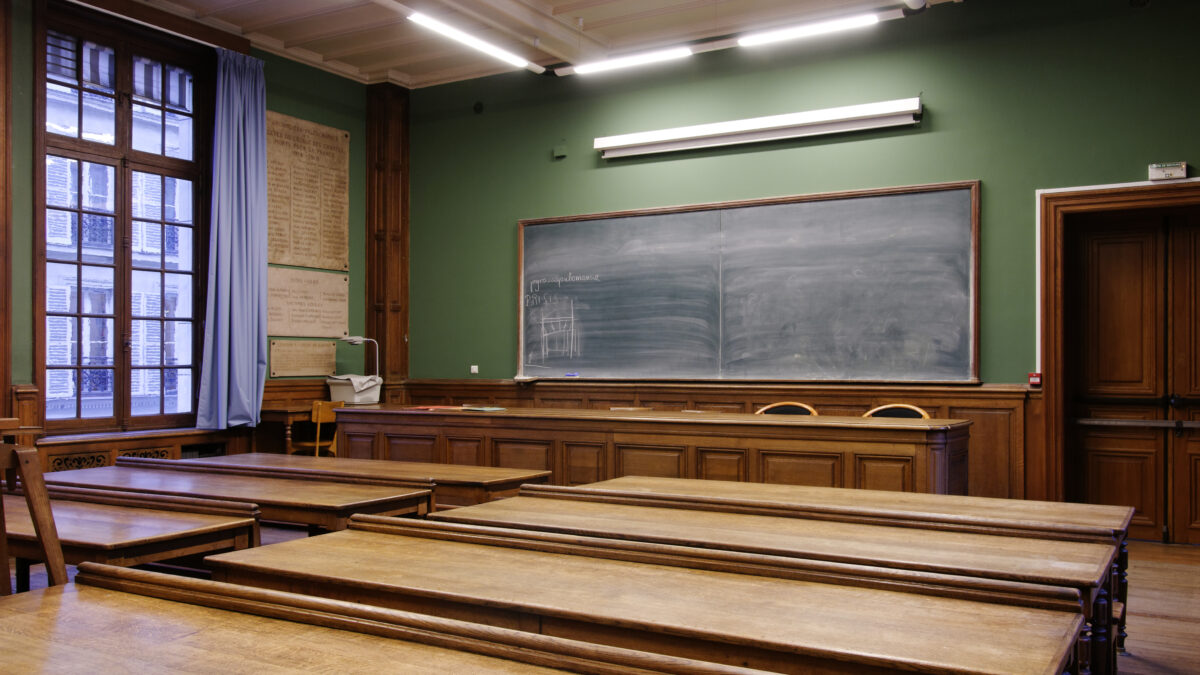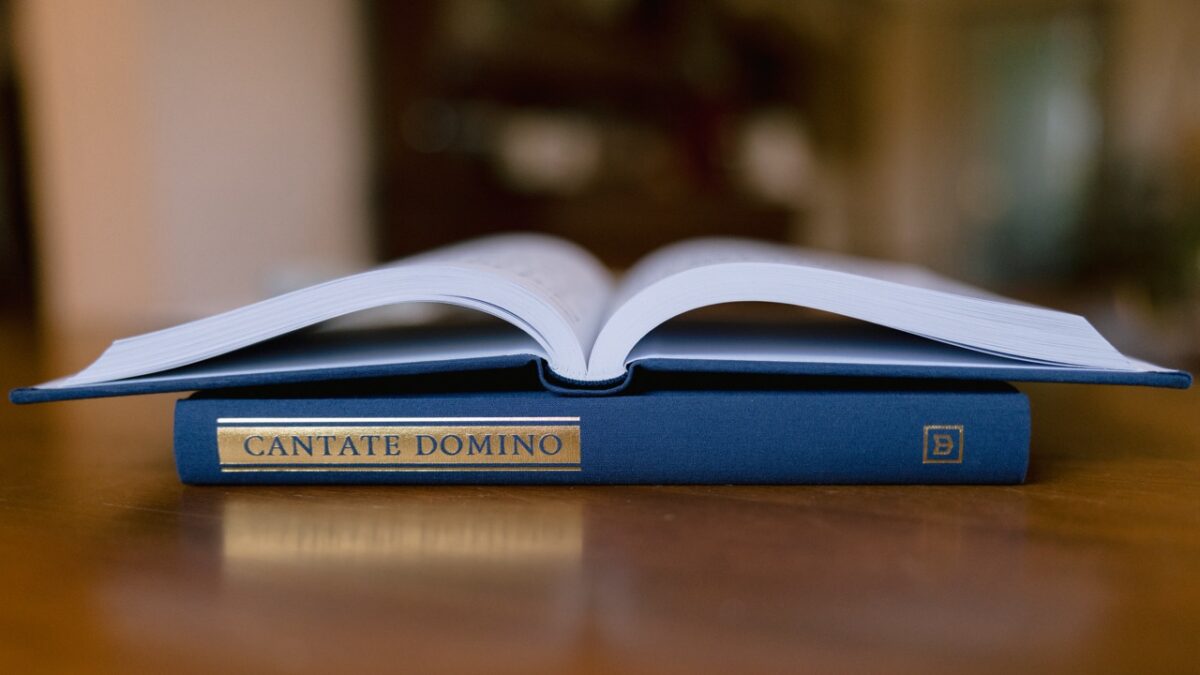
Last week, after nearly 100 days in office, President Trump issued an executive order declaring that “it shall be the policy of the executive branch to protect and preserve State and local control in education.” The order gives Education Secretary Betsy DeVos 300 days to itemize regulations and guidance where the federal government overstepped its bounds. But DeVos would need little more than a minute to rescind perhaps the single most destructive action taken by the Obama Department of Education’s Office for Civil Rights: federal “guidance” on school discipline.
Activists, advocates, and academics had been ringing the alarm over the racial disparity in suspension rates. And it is certainly troubling that African-American students are suspended at three times the rate of white students.
A sober mind might assume that might largely reflect tragic realities in our society. As Michael Petrilli, president of the Thomas B. Fordham Institute, has argued, “it cannot surprise us if minority students today misbehave at ‘disproportionate’ rates. African American and Latino children in America are much more likely to face challenges,” such a living in poverty, growing up in a single-parent family, or living in a dangerous neighborhood, that puts “them ‘at risk’ for antisocial behavior.”
But Obama Education Secretary Arne Duncan declared flatly that this is “not caused by differences in children,” but rather “it is adult behavior that needs to change.” Now, implicit bias likely accounts for some share of the disparity. But if you assume that it accounts for all of it, then the solution isn’t to support teachers with better training or professional development. The only solution is to prevent teachers from doing what they’ve been doing. And that’s exactly what the Obama Department of Education did.
How the Obama Administration Mangled School Discipline
Duncan issued “Dear Colleague” guidance in January 2014 telling districts they could be subject to federal investigation for unlawful discrimination if their discipline policy “is neutral on its face—meaning that the policy itself does not mention race—and is administered in an evenhanded manner but has a disparate impact, i.e., a disproportionate and unjustified effect on students of a particular race.” In other words: “We may decide to come after you, even if your policy is entirely fair, if we see differences on a spreadsheet.”
Over the past five years, 27 states have revised their school discipline laws and 53 districts serving 6.35 million students implemented discipline reforms. From 2011-12 to 2013-14, suspensions dropped by nearly 20 percent nationwide. The Obama letter didn’t start this fire, but it certainly fanned the flames. As the Fordham Institute’s Checker Finn noted, the intent of the letter was “to scare the bejesus out of U.S. educators when it comes to disciplining minority students.”
What have the results been? Largely because these reforms are so recent, rigorous academic research is nonexistent. But increasing evidence supports the common sense intuition that when you tie teachers’ hands on maintaining order, bad things will happen.
What Happens When Schools Can’t Discipline Kids
Judging by press accounts, the results are rather horrific. After the federal government forced Oklahoma City to change its discipline policies, one teacher reported she was “told that referrals would not require suspension unless there was blood.” In Buffalo, a teacher who got kicked in the head by a student said: “We have fights here almost every day…. The kids walk around and say, ‘We can’t get suspended—we don’t care what you say.’” In St. Paul, the county attorney declared that the threefold increase in assaults on teachers constituted a “public health crisis.”
Teacher surveys also indicate these policies are backfiring. Significant majorities of teachers in Oklahoma City, Denver, Tampa, Santa Ana, Jackson, and Baton Rouge report that the discipline reforms either weren’t working or were escalating school violence.
Judging by student surveys, schools have become less safe as these policies went into effect. In Los Angeles, the percent of students who said they felt safe in their schools plummeted from 72 percent to 60 percent after the district banned suspension for non-violent offenses. In Chicago, researchers found a significant deterioration in school order, according to students and teachers.
I dug into school climate surveys in New York City, and found that as Mayor Bill de Blasio’s school discipline reductions were implemented school climate plummeted, especially in schools comprised of 90 percent or higher minority students: 58 percent reported a deterioration in student respect (compared to 19 percent that saw an improvement); 50 percent reported an increase in physical fighting (compared to 14 percent that saw an improvement); and drug use and gang activity increased in about four times as many schools as decreased.
Rescinding This Directive Is Common Sense
Yet after 100 days in office, the guidance still stands. In fact, just two weeks ago the Department of Education opened a new investigation into Richmond, Virginia for disparate suspension rates. After 100 days, why hasn’t DeVos rescinded this misguided guidance? Perhaps in part because of the simple fact that she’s still operating with a skeleton crew and bureaucratic inertia is an almost irresistible force even with a full cohort of political appointees.
Or perhaps in part because education journalists and activists will surely make her pay for it. They’ll write story after story about how she’s rescinding “protections” for minority students, all but endorsing “institutional racism,” and opening the sluices in the “school-to-prison pipeline.”
Whatever the case, the guidance could be rescinded with no more than a stroke of a pen. Unlike with the rushed retraction of the transgender bathroom guidance, DeVos could send a loud and clear message about her principles and educational philosophy. She could declare that her administration will not put ideological activism over student safety. It will not blame teachers for society’s inequities. It will not coerce school administrators into second-guessing teachers’ judgement and tying teachers’ hands.
Rather, it recognizes that meaningful progress comes from teachers and administrators working hand-in-hand, with the flexibility and freedom to do what they believe is right for their students. It recognizes that there is a meaningful and robust role for civil rights protections, but that the Department of Education ought to be a backstop against discrimination, not an engine to impose nationwide policy change.
Rescinding the guidance is the easy part. The real challenge for DeVos will be articulating and implementing a principled role for civil rights enforcement that could withstand the whims of future progressive administrations. Here’s hoping she’s up for that task, because civil rights “protections” ought never be weaponized in a way that could hurt children.









